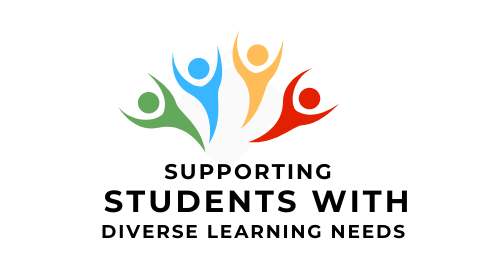For students with disabilities, an inclusive environment and flexible teaching and evaluation practices can mean the difference between success and failure in their chosen course. Some students are experienced and confident in advocating for their learning needs, but others may be reluctant to come forward. For these students, it can be several months before their struggles come to light, and by then they may be seriously behind with their studies. All students have a responsibility to come forward and ask for assistance. However, instructors have a responsibility to create an environment where diversity of learning is accepted and all students feel comfortable asking for help.
Case Study &Guiding Questions:
Watch this video on how Jodi, an instructor talks about working with students with ADHD.
Discussion Question: How does Jodi create an environment to set up all students for success, not just students with disabilities?
It can be challenging for instructors to know where to start in improving the accessibility and inclusiveness of their classroom for students with disabilities. This lesson will provide you with some tools and information on approaches to give you some practical options to move forward with.
To begin, we will look at a tool that instructors can use to complete a quick assessment of their own learning environment. The case study that follows will give you the opportunity to practice using this tool to assess a classroom in a college setting.
After this exercise, the next topic will provide some more tools for instructors, through a presentation of Universal Design for Learning.
Resource: tool to assess how accessible a learning environment is for diverse learners
What does an inclusive environment look like in practical terms? The How accessible is your classroom (PDF) is a checklist for instructors to assess the accessibility of their own classroom using the five main barriers to accessibility.
Scenario Activity:
The following scenario describes a classroom environment.
Dave Small is an experienced instructor in business administration. He is popular with students because his classes are full of engaging and funny stories from his experiences in the business world.
At the start of the year, Dave verbally outlines the learning goals for the course and explains how the course will be assessed. Assessment is through a written portfolio, a midterm, and a final exam.
Student readings are from a core textbook. There are also additional readings, which are provided in class as photocopied papers. The majority of classes consist of lectures and student presentations. While presenting, Dave writes some notes on the whiteboard and shows some videos.
In the midterm, five students receive very poor grades. Dave cannot understand, as all of the answers to the midterm were covered in lectures and were in the textbook. He seeks advice from the Disability Services Office, as three of the five students receive accommodations because they have documented disabilities.
Use the How accessible is your classroom (PDF) to assess the learning environment in Daves class.
Consider this – What recommendations would you make to improve Dave’s class?
Here are a few suggestions:
- Talk to students who received poor grades and ask them why they had difficulties.
- Provide learning goals in a variety of formats, for example as a written document, on a course website, and through student group discussions.
- Provide a variety of assessments, for example the choice to give an oral presentation, instead of a written assignment.
- Provide electronic copies of handouts.
- Provide visuals for lectures, such as PowerPoints, that emphasize the key points.
- Provide opportunities in class to apply knowledge, in the form of small group work and practical simulations.
Use the How accessible is your classroom (PDF) to assess the learning environment in Daves class.
Group Discussion Question
What could he do to remove barriers for students with disabilities?
Suggested answers:
- Talk to students who received poor grades and ask them why they had difficulties.
- Provide learning goals in a variety of formats, for example as a written document, on a course website, and through student group discussions.
- Provide a variety of assessments, for example the choice to give an oral presentation, instead of a written assignment.
- Provide electronic copies of handouts.
- Provide visuals for lectures, such as PowerPoints, that emphasize the key points.
- Provide opportunities in class to apply knowledge, in the form of small group work and practical simulations.
Now that you have had an opportunity to look at your classroom setting in terms of its accessibility, we will turn to an introduction of Universal Design for Learning (UDL). UDL is a framework being used in many educational institutions to help instructors and staff assess their learning environments and make improvements to increase accessibility and inclusiveness for diverse learners.
